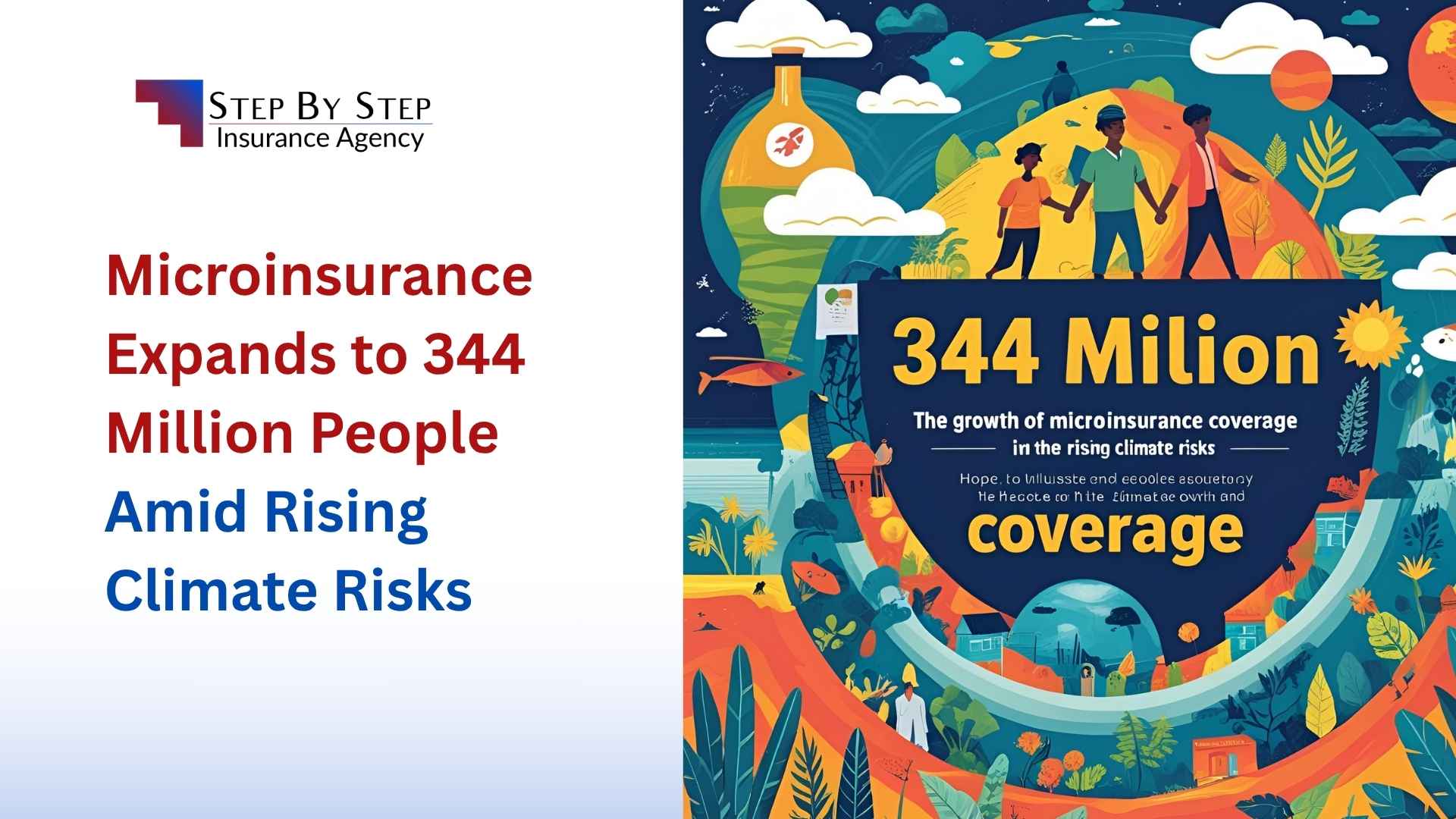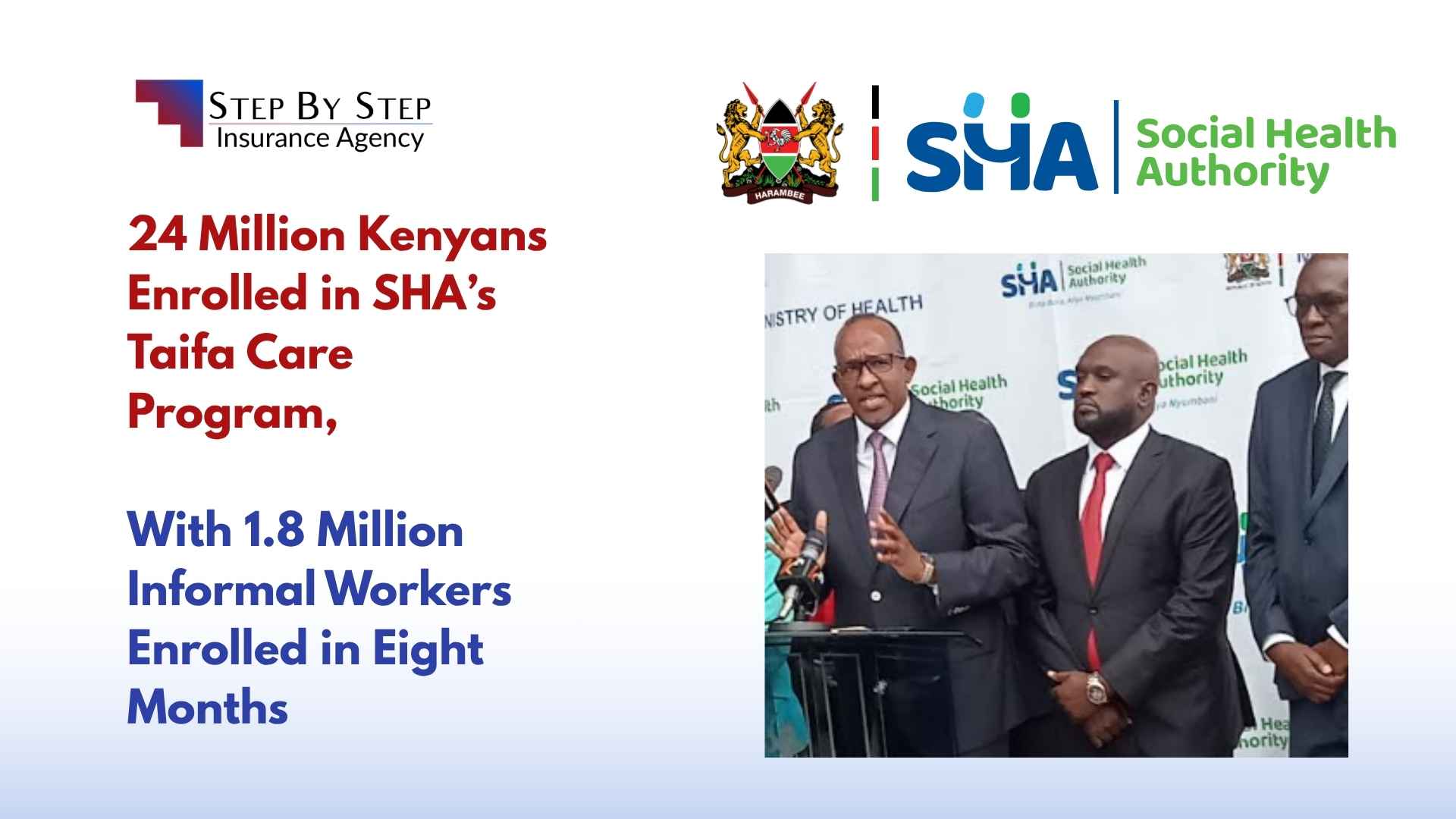Microinsurance Expands to 344 Million People Amid Rising Climate Risks
Microinsurance is making remarkable strides, now providing inclusive insurance coverage to approximately 344 million people worldwide—a 70% increase over the past three years. This growth underscores microinsurance’s vital role in helping low- and middle-income populations gain affordable financial protection against everyday risks and systemic shocks.
Key Takeaways
- Microinsurance now covers 344 million people globally, representing a 70% growth in three years
- Market value projected to grow from $74 billion in 2025 to over $137 billion by 2029
- Climate disasters pose increasing challenges to the sector’s sustainability
- Reinsurance and parametric insurance emerge as key solutions for risk management
- Digital platforms and mobile money integration drive market expansion
Table of Contents
Climate Challenges and Market Volatility
However, the sector faces mounting challenges due to increasing climate disasters and market volatility. Extreme weather events such as floods, droughts, and storms are becoming more frequent and severe, disproportionately impacting vulnerable communities that rely on microinsurance for resilience. These climate risks threaten the sustainability of providers who must pay out larger claims amid unpredictable conditions.
Climate Impact: The frequency and severity of extreme weather events have increased significantly, with climate-related disasters affecting millions of microinsurance beneficiaries worldwide. This trend poses unprecedented challenges for risk assessment and premium pricing in the microinsurance sector.
| Climate Risk Type | Frequency Increase (%) | People Affected (Millions) | Average Claim Impact |
|---|---|---|---|
| Floods | 45% | 120 | High |
| Droughts | 35% | 85 | Medium-High |
| Storms | 40% | 95 | Very High |
| Heat Waves | 60% | 65 | Medium |
Reinsurance Solutions
To tackle these challenges, reinsurance has emerged as a key risk management tool. By transferring portions of these growing risks to reinsurers, microinsurance providers can safeguard their financial health and ensure timely claims payments. Innovative solutions like parametric insurance—which triggers payouts based on predefined climate events such as rainfall or wind speed—are revolutionizing coverage efficiency and transparency.
Innovation in Coverage
Parametric insurance represents a breakthrough in microinsurance delivery, offering several advantages over traditional indemnity-based coverage. This innovative approach eliminates lengthy claims assessment processes by automatically triggering payouts when specific measurable parameters are met, such as rainfall levels below a certain threshold or wind speeds exceeding predetermined limits.
Global Market Growth
The global microinsurance market is robustly growing, valued at about $74 billion in 2025 with projections to reach over $137 billion by 2029. Growth drivers include the expansion of digital platforms, mobile money integration, supportive government policies, and rising awareness in emerging markets across Asia-Pacific, Africa, and Latin America.
| Region | 2025 Market Size ($B) | 2029 Projected ($B) | Growth Rate | Digital Adoption |
|---|---|---|---|---|
| Asia-Pacific | $35.5 | $68.5 | 17.8% | High |
| Africa | $22.2 | $41.1 | 16.6% | Very High |
| Latin America | $12.8 | $22.4 | 15.2% | Medium-High |
| Others | $3.5 | $5.0 | 9.4% | Medium |
Future Outlook
Microinsurance thus stands as a powerful tool for financial inclusion and climate resilience, yet its success hinges on continued innovation and expanded reinsurance partnerships to mitigate escalating climate risks. The sector’s ability to adapt and evolve will determine its capacity to serve the growing needs of vulnerable populations worldwide while maintaining financial sustainability in an increasingly unpredictable climate environment.
Success Factors: The future of microinsurance depends on strategic partnerships between insurers, reinsurers, technology providers, and governments to create resilient, scalable solutions that can withstand climate volatility while remaining accessible to low-income populations.






